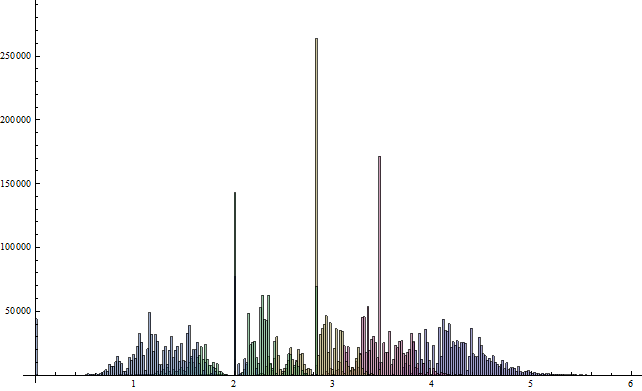Define a matrix $\mathbf{A} \in \mathbb{R}^{m \times n}$ such that each element is independently and randomly chosen with probability $\frac 12$ to be either $+1$, or $-1$. Do you know any result in the literature that talks about properties of this kind of matrices?
I have seen that there are some results for other kind of random matrices (for example matrices whose entries are i.i.d. Gaussian.) but not for this simple matrix of $\pm 1$.
I would be interested for example on the distribution of the $\sigma_{\max}(A)$, but not in an asymptotic regime, as $m$, $n$ are finite numbers and usually small in my case.
Thank you very much for any pointer or any thoughts.

